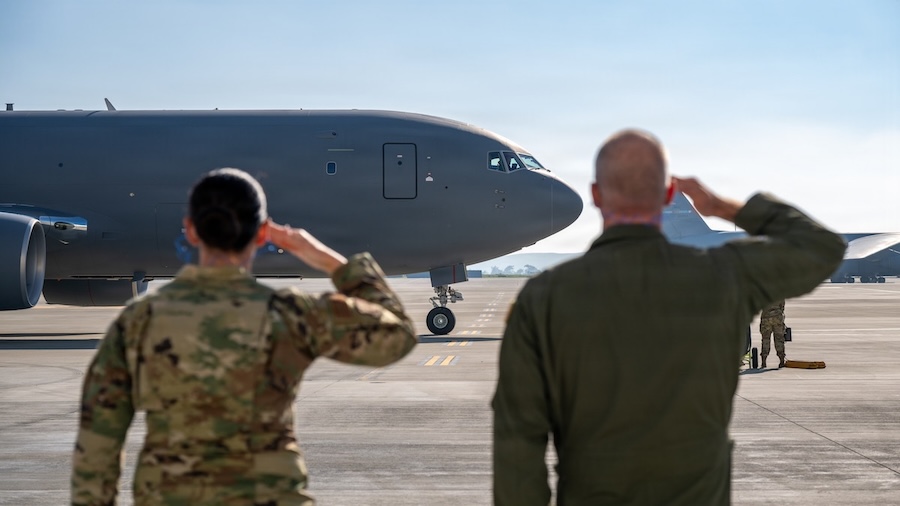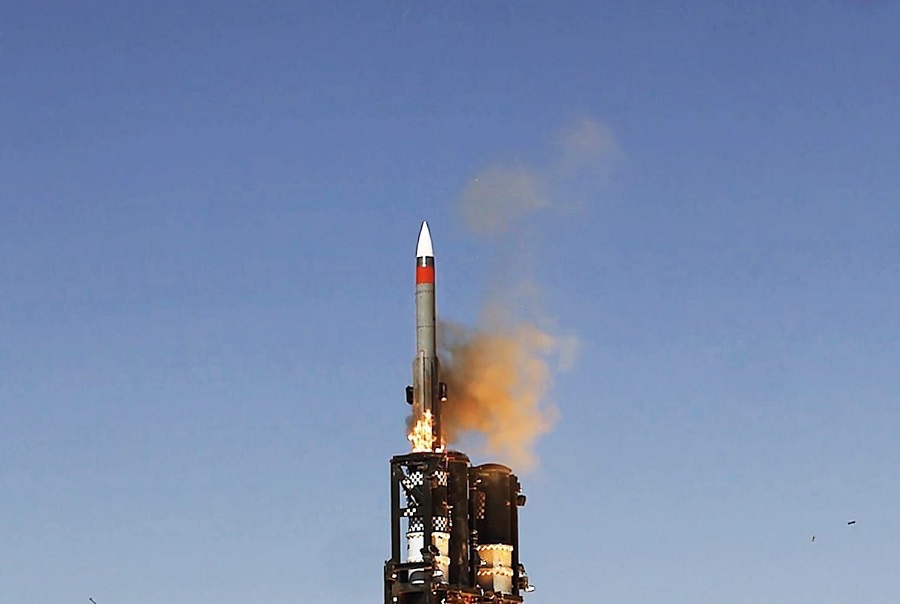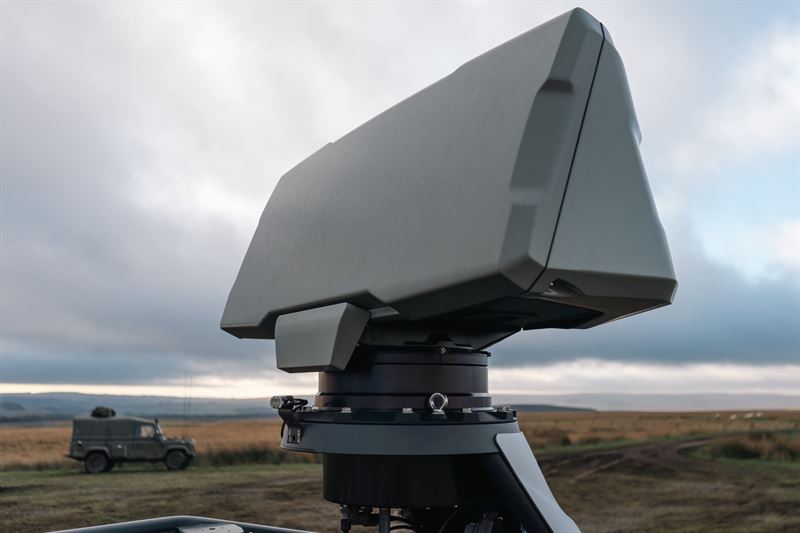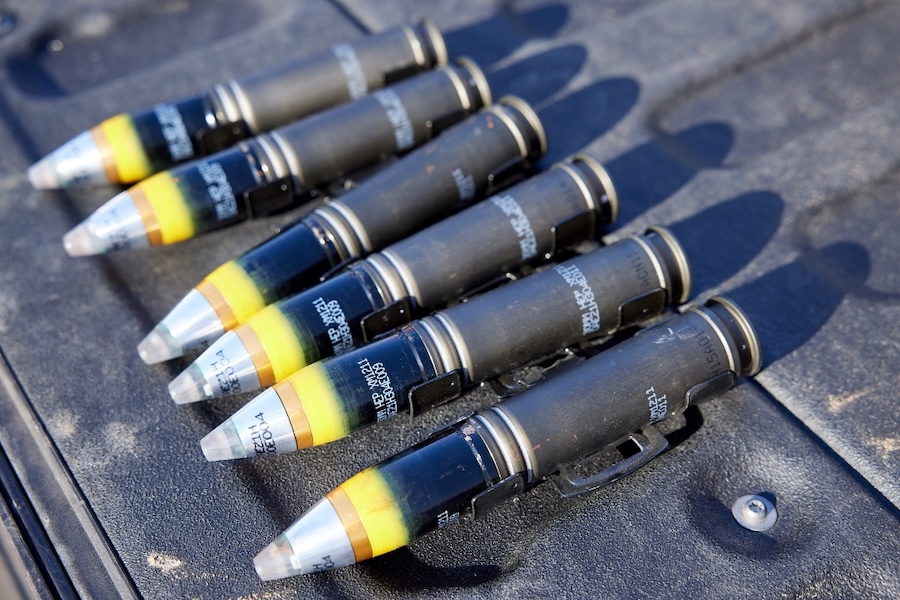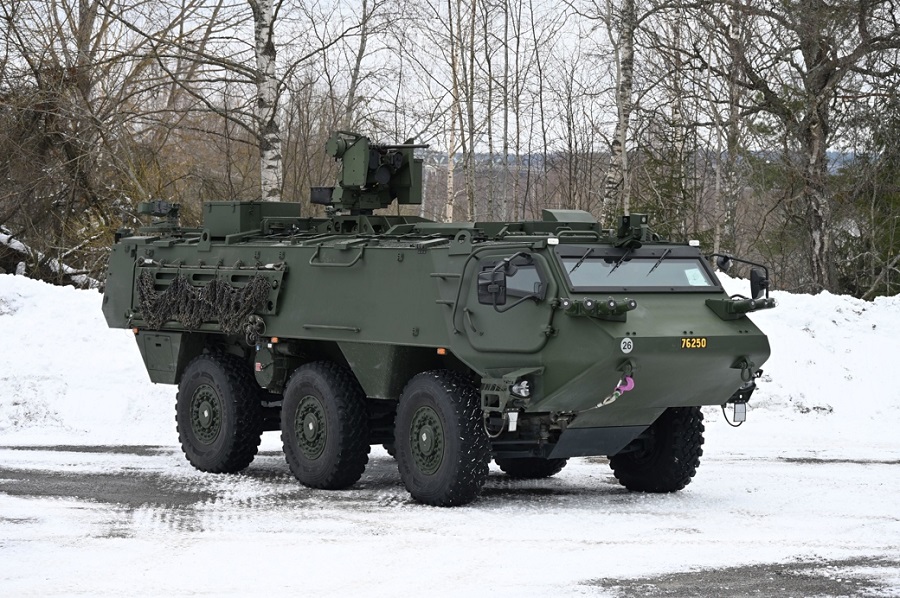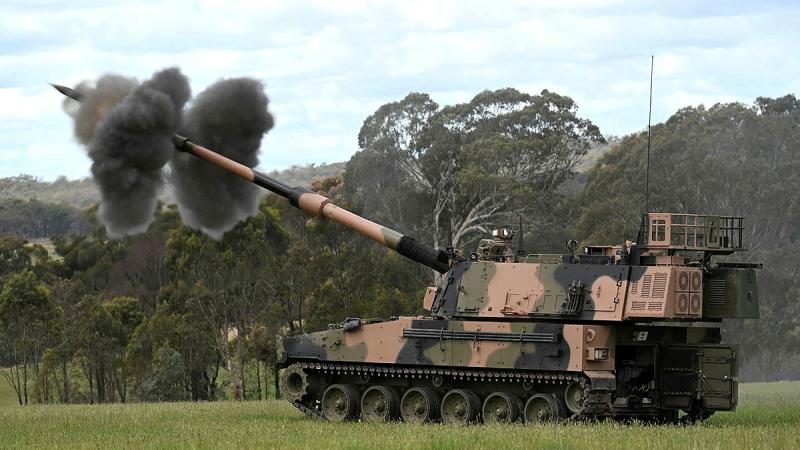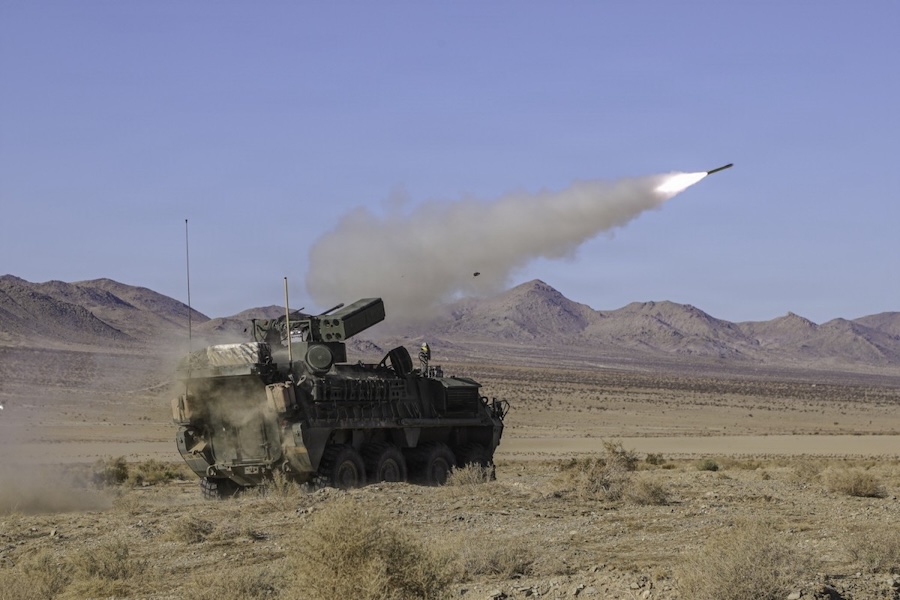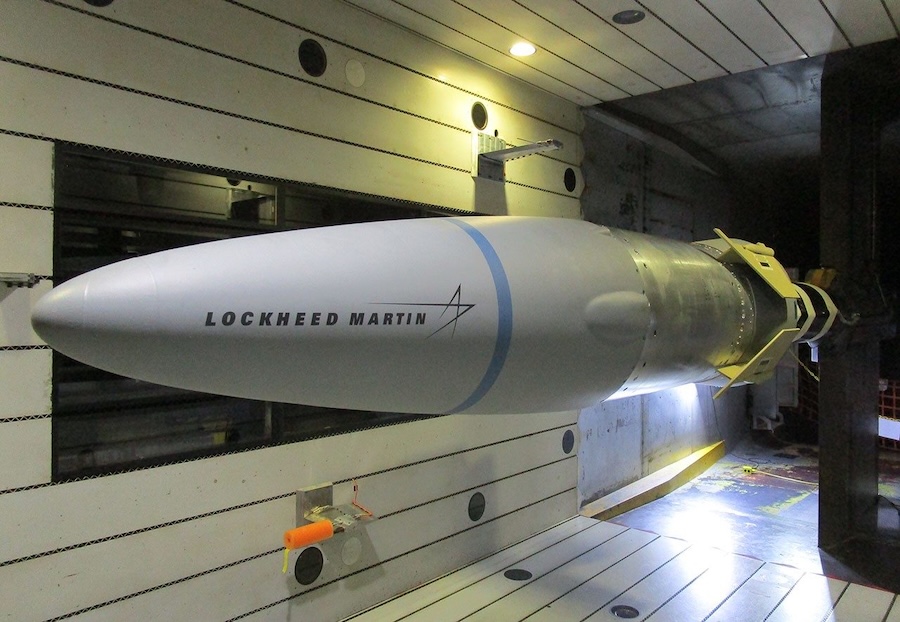Project Flytrap consists of multiple scenarios designed to evaluate lower-cost, portable technologies in countering drone threats in forested and contested environments. The EchoShield radar demonstrated its ability to track the frequencies of nearby drones, enabling U.S. forces to manoeuvre with greater situational awareness.
EchoShield, developed by Echodyne, is a software-defined, medium-range, pulse-Doppler, cognitive 4D radar operating in the Ku-band spectrum. It uses dense transmit/receive cells to generate highly accurate spatial data essential for sensor fusion and command-and-control systems.
“The challenge of tracking jets or missiles is quite different from tracking drones at low altitude in contested airspace,” Echodyne stated, highlighting the importance of angular accuracy in modern radar applications. With <0.5° angular accuracy in both azimuth and elevation, EchoShield supports smooth optical tracking and precise effector engagement.
The system’s C-UAS Mission Set is tailored for threat detection within a 4 km awareness zone, focusing radar energy on likely drone approach paths while maintaining full field-of-view surveillance. Echodyne noted, “This Mission Set also includes accurate classification at full tracking range, ensuring radar resources are delivering clean data to higher-level systems.”
With its compact size, low weight, and power-efficient design, EchoShield is suitable for mobile platforms like the Stryker and is configurable through software-defined Mission Sets. These include On-the-Move C-UAS, Coastal Surveillance, and Dismount missions, among others, allowing flexible adaptation to operational needs.
By integrating EchoShield into its field operations, the U.S. Army is evaluating next-generation radar solutions that offer enhanced threat detection and tracking capabilities. The test represents a step forward in the development of agile, technology-driven counter-drone strategies.













